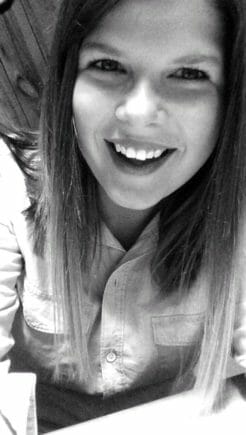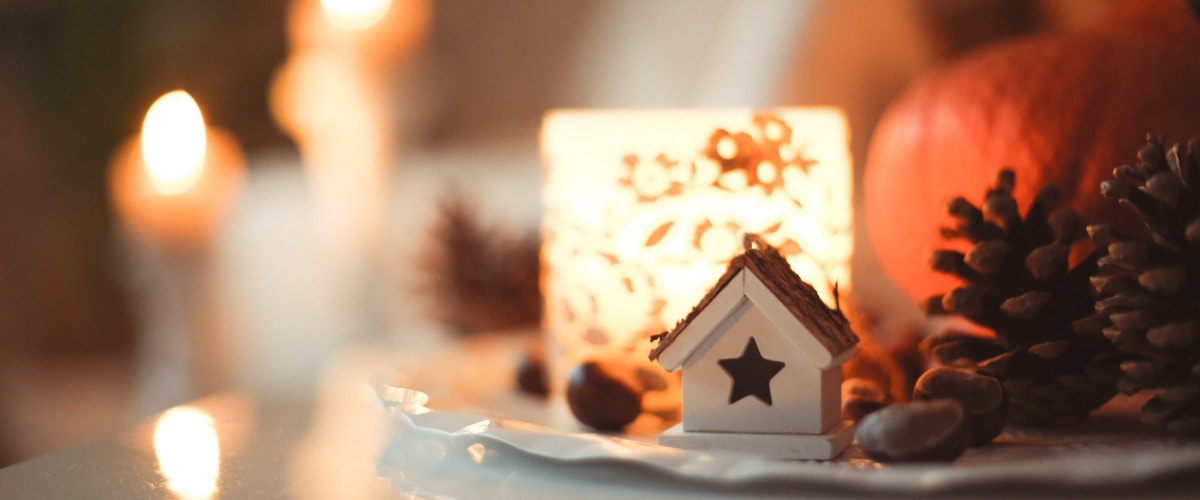In the last post, we discussed the usage of commas. But they aren’t the only important punctuation in our lives. We also have frequent encounters with colons, semicolons, hyphens, en dashes, and em dashes. These little guys can add flavor to your writing as they allow for more flexibility and flow.
Let’s take a look at how we can utilize them well!
Colon Vs. Semicolon
Lots of people mix up the colon and the semicolon, but the difference in appearance is that a colon looks like two periods stacked on top of one another (:) while a semicolon look like a period resting on top of a comma (;). That isn’t the only difference!
- A colon has various roles, but two of the most distinct ways a colon is used are introducing a list or concept and emphasis.
Ex: This is what I’m packing: jeans, shirts, sunglasses, and a hat.
Ex: The jury came to a conclusion: the defendant was guilty.
- A semicolon is similar to a comma because it joins two complete thoughts together, but it doesn’t need a coordinating conjunction! If a semicolon is used, the second complete sentence usually starts with a lowercase letter. If you use “I,” it remains capitalized.
Ex: My dogs are old; my cat is young.
Ex: I have three pets; I have two dogs and one cat.
Hyphens and En Dashes and Em Dashes, OH MY!
Many times, especially when writing poetry, composers use a variety of punctuation. Three of these frequent punctuation marks are hyphens, en dashes, and em dashes.
- A hyphen is narrower than en and em dashes (–) and is used for word division and compound terms, which is what we will focus on here. Compound terms contain more than one word but represent one, solid item or idea.
Ex: Little children love to play on the merry–go–round.
Ex: My dog is happy–go–lucky no matter what.
- An en dash is slightly wider than the hyphen but narrower than the em dash (–) and is used to represent a span or range of numbers, dates, and times. There should be no space between the en dash and adjacent material because, depending on the use, an en dash reads “to” or “through.”
Ex: Chapters 8–12 are my favorite of the whole book.
Ex: The 2017–2018 football season was intense.
Ex: Our current office hours are 10:00a–4:00p.
[Note that when you use the words such as “from” and “between,” you do not use an en dash.]
- An em dash is the longest of the three dashes (—). It’s the most versatile as it can be used in the place of commas, parentheses, and colons. It’s limited to two uses per sentence. When replacing parentheses, they are less formal and more intrusive.
Ex in place of commas: When the package finally arrived—nearly three weeks after it was ordered—it was ripped and soaked from rain.
Ex in place of parentheses in the middle of a sentence: When feeding the cats—all 8 of them—Beth makes sure to give each one a scratch behind the ear.
Ex in place of parentheses at the end of a sentence: Jane decided to focus on the organization in her room—or, rather, lack of organization.
When you’re in a bind and don’t want to use the frequented commas, these various forms of punctuation can come in handy. Like commas, however, be sure to use them intentionally and correctly. Too many can become distracting, but just enough can stimulate the minds of your readers and bring them back for more!
Featured Image by Pexels




 How Do You Get Ideas
How Do You Get Ideas  Is There Such a Thing as Christian Art?
Is There Such a Thing as Christian Art?  Four Ways to Prep Your Store for the Holidays
Four Ways to Prep Your Store for the Holidays